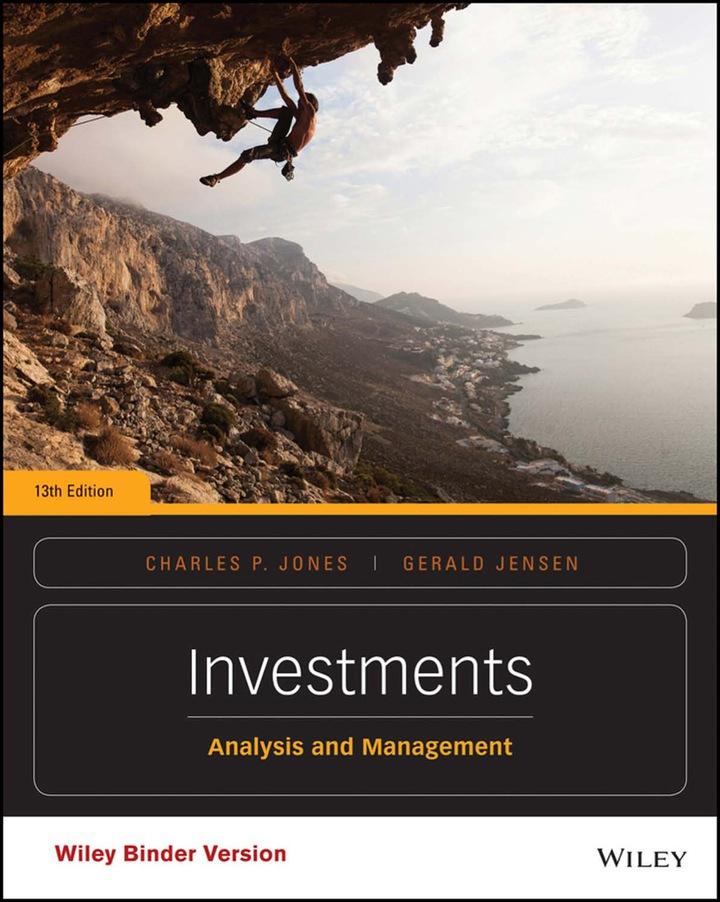Assume that Carl is optimistic about Intels prospects. Carl instructs his broker to buy a March call
Question:
Assume that Carl is optimistic about Intel’s prospects. Carl instructs his broker to buy a March call option on Intel at a strike price of $40. Assume that the stock price is $41.15, and the premium is $1.60. Carl pays this premium, a total cost of $160 since 100 shares are involved, plus brokerage commissions. Three courses of action are possible with any option:
1. The option may expire worthless. Assume the price of Intel fluctuates up and down but is at $39.25 on the option’s expiration date. The call gives the buyer (owner) the right to purchase Intel at $40, but this would make no sense when Intel can be purchased on the open market at $39.25. Therefore, the option will expire worthless.
2. The option may be exercised. If Intel appreciates, Carl could exercise the option by paying $4,000 (the $40 exercise price multiplied by 100 shares) and receive 100 shares of Intel.
3. The option can be sold in the secondary market. If Intel appreciates, the value (price) of the call will also appreciate. Carl can easily sell the call in the secondary market to another investor who wishes to speculate on Intel because listed options are traded continuously. Most investors trading puts and calls do not exercise those that are valuable; instead, they simply sell them on the open market, exactly as they would the common stock if they owned it.
Step by Step Answer:

Investments Analysis And Management
ISBN: 9781118975589
13th Edition
Authors: Charles P. Jones, Gerald R. Jensen





